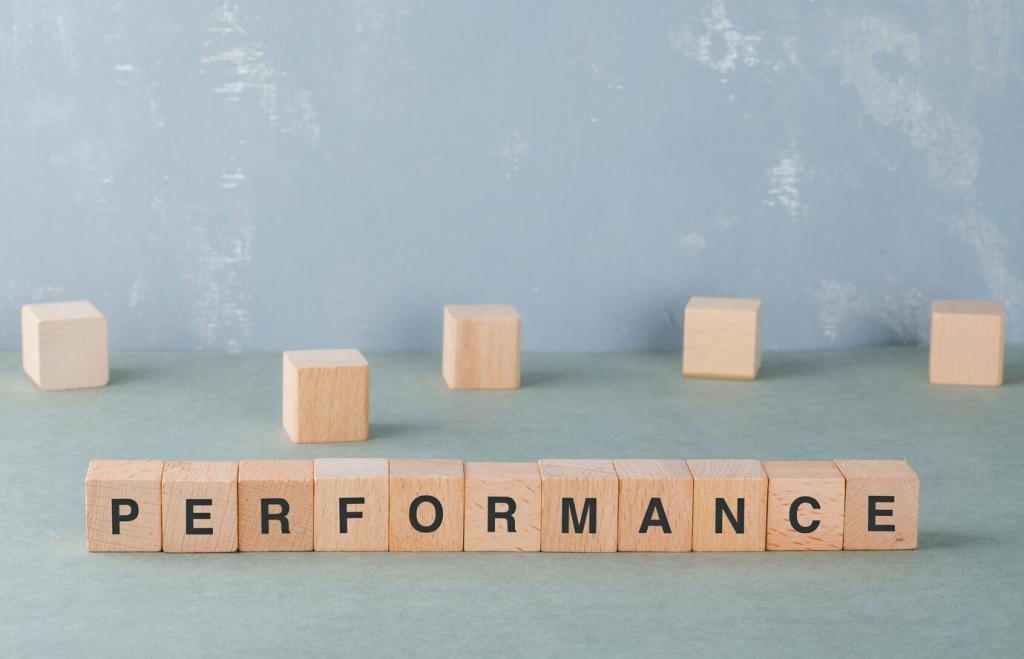Implementing Lean Practices in Maritime Logistics
Welcome aboard our focused journey into Implementing Lean Practices in Maritime Logistics. Together we will cut waste, boost flow, and build a culture of continuous improvement from bridge to berth to back-office. Subscribe to join the crew shaping smarter seas.




Value Stream Mapping From Quay to Quay
Map the container’s journey: booking, stow plan, berth window, crane move, yard shuffle, gate appointment, delivery confirmation. Annotate handoffs, data latency, and approvals. You will see where minutes become hours and hours become demurrage.
Attach numbers to each step—average cycle time, variability, error rates. A harbormaster in Santos cut berth delays 18% after mapping pilotage, tug allocation, and paperwork latency, revealing a simple approval bottleneck.
With the current map clear, sketch the future state: fewer handoffs, real-time EDI updates, synchronized gate slots, and simplified stow confirmations. Set measurable targets and invite your team to critique the flow before changing the first line.
5S Onboard and in the Terminal

Engine Room Order Saves Minutes and Fuel
A chief engineer labeled and shadow-boarded critical tools, cut search time to seconds, and halved troubleshooting delays during maneuvering. Small minutes reclaimed at peak moments can prevent costly course corrections and fuel spikes.

Yard Clarity Reduces Shuffle
Zone reefer plugs, create visual lanes for high-turn boxes, and color-code exception cargo. Fewer blind hunts mean fewer unplanned yard cranes, shorter truck turns, and happier drivers who share positive word of mouth about your terminal.

Sustain With Rituals
Daily five-minute 5S checks, photo standards, and rotating ownership keep order from slipping. Invite crews to post before-and-after shots; celebrate wins in your newsletter. Comment with your best 5S ritual and we’ll feature it next week.


Pull Systems: Kanban for Parts, Paperwork, and Trucks
Create Kanban cards tied to critical spares consumption and lead times. One fleet reduced carrying costs by a quarter while improving readiness, because bins triggered replenishment precisely when usage patterns demanded action.
Pull Systems: Kanban for Parts, Paperwork, and Trucks
Use visual Kanban boards for bills of lading, manifests, and customs releases. When a card cannot move, the blocker is visible. Teams stop guessing status and start solving root causes that delay clearance and gate exits.
Document best-known steps for stow plan reviews, reefers checks, and bunkering protocols. When new hires and veterans follow the same baseline, audits are smoother and deviations highlight real issues rather than training gaps.
Standard Work, Visual Management, and Heijunka
Post live ETAs, crane productivity, yard utilization, and weather windows where the work happens. Green, yellow, red cues allow supervisors to act instantly. Share screenshots of your favorite visual board layout with our community.
Standard Work, Visual Management, and Heijunka


Kaizen and Gemba: Learning on Deck and Dock
First Officer Maya led a five-day kaizen on pre-arrival routines. By eliminating duplicate checks and clarifying roles, the crew gained calm minutes before pilot boarding, improving safety briefings and communication when the harbor grew busy.
Kaizen and Gemba: Learning on Deck and Dock
A reefer failure traced back through five whys revealed a mislabeled spare location, not a sensor fault. Fixing labels solved future failures. Share your most surprising root cause—your lesson could save someone else’s cargo tonight.
Digital Enablers That Keep Lean, Lean
01
Real-Time Signals, Real Decisions
AIS, TOS feeds, and weather routing can update berth planning automatically. When signals drive decisions, planners stop firefighting and start anticipating. Ask us for our curated checklist of essential data signals for Lean scheduling.
02
Poka‑Yoke Through Software
Error-proof workflows: mandatory fields prevent missing reefer set points, automated unit checks flag mismatched container IDs, and alerts catch gate mis-sequences. Good software removes traps before humans fall into them under pressure.
03
Measure What Matters
Track dwell time distribution, berth delay causes, truck turn variability, and rehandle ratios. Fewer metrics, well visualized, beat sprawling scorecards. Comment with your top three Lean KPIs and we will compile a community benchmark.
